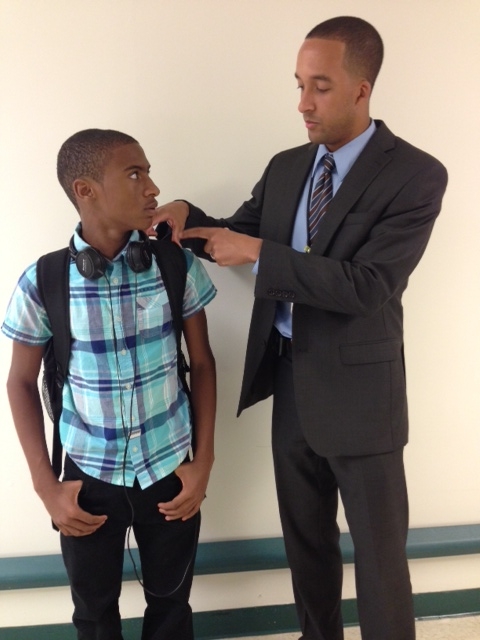
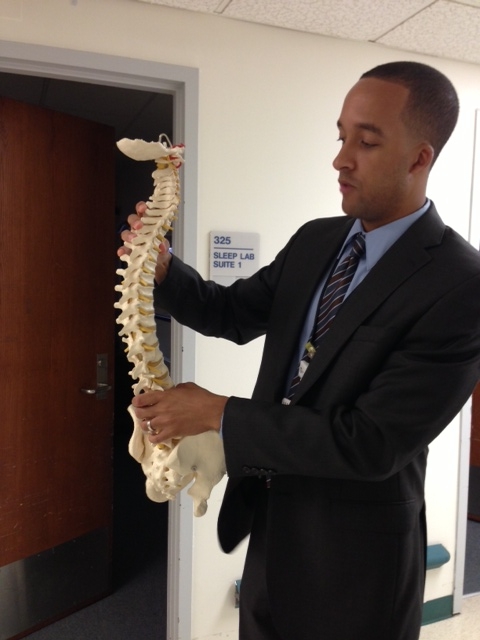
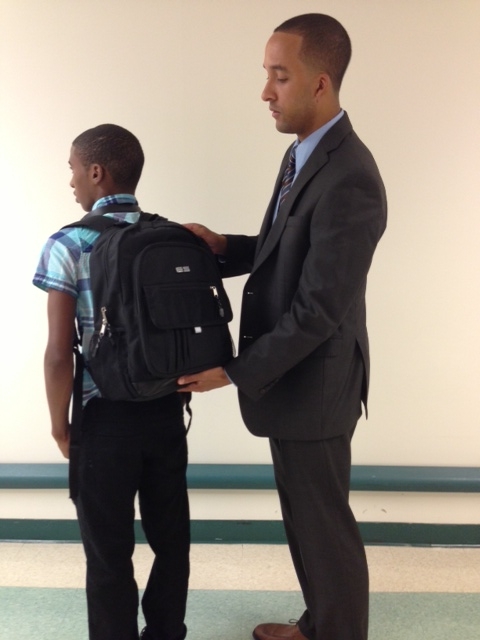
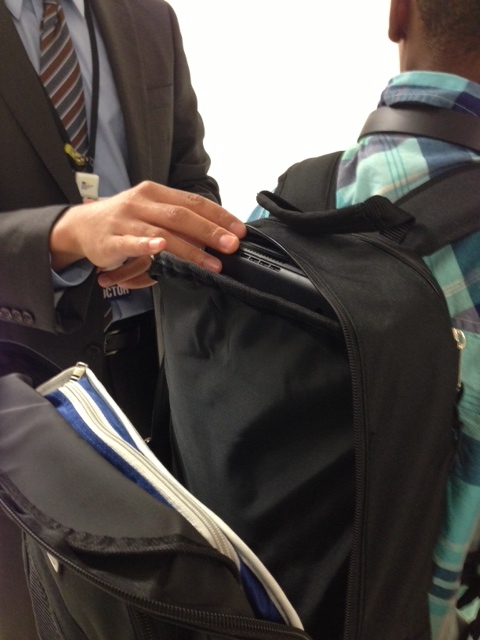
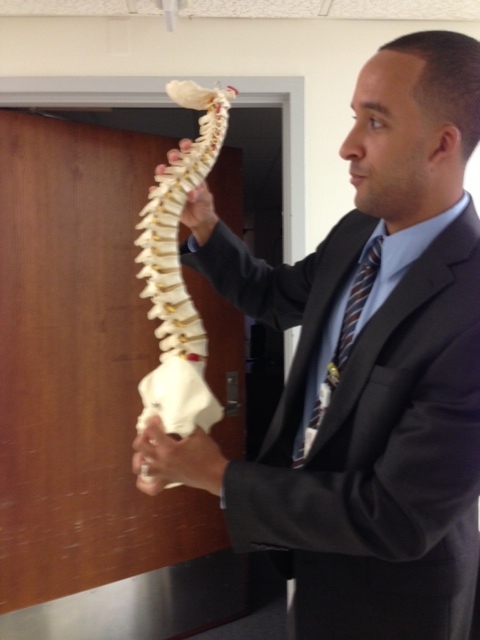
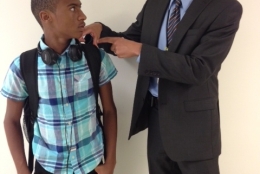
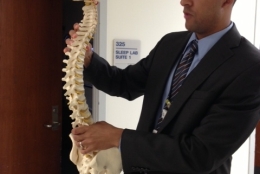
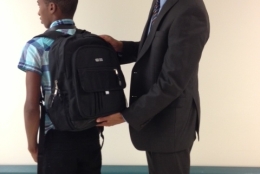
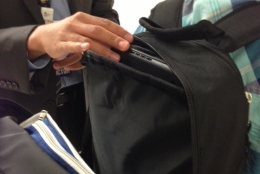
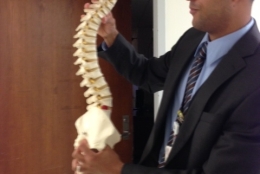
WASHINGTON – Heading back to school should be exciting for students, not harmful to their health. But a common school supply is causing some serious damage.
Heavy backpacks can severely injure a child. Dr. Justin Burton, program director for the National Center for Children’s Rehabilitation at MedStar National Rehabilitation Hospital, says backpacks can create problems that stem from the neck and stretch all the way down to the heels.
Burton says children who wear heavy backpacks tend to hunch over. This action puts a strain on students’ necks and shoulders and also causes a curving in the spine.
When students wear a backpack on one shoulder, that curved spine twists to the side, resulting in back strain along the entire spinal column.
“When you are a kid with back pain, you are more likely to be an adult with back pain,” Burton says.
The first step in minimizing risk to a damaged back is some educated shopping. Burton says to look for a backpack with wide, padded shoulder straps. Try the backpack on and make sure the backpack centers nicely on the child’s back.
Another key to avoiding a back injury is to wear the backpack properly. This means the backpack should not be too loose on the body or too tight around the neck, Burton says. Additionally, the weight of the objects in the backpack should be evenly distributed, with the heaviest objects, such as a textbook or a laptop, closest to the student’s back.
It is essential to keep the overall weight of the backpack and its contents in check, Burton says. The American Academy of Pediatrics says a backpack should never weigh more than 10 to 20 percent of a child’s body weight.
Burton says kids should never try to cram all of their books into their backpack. Schools should encourage students to leave as many materials as possible in a locker.
Burton, a father, says he is ready for the day when his 2-year-old daughter heads to school.
“Dad is going to pick out her backpack for her,” he says, adding the backpack will only contain one book and will be strapped properly to the middle of her back. “And all the rest of her things will either be at home or at school.”
For more back-to-school tips from the American Academy of Pediatrics — from making the first day easier, to eating healthy and traveling safely to and from school — visit the organization’s website.
Follow @WTOP and @WTOPliving on Twitter.







